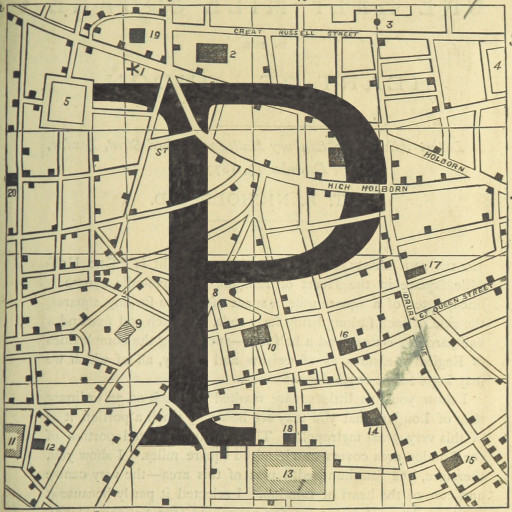Games are usually fun and can make for interesting modes of engagement, and gamification is certainly popular at the moment. I’ve enjoyed the various heritage games produced by the Wellcome Collection, for example, and have been impressed by game-based experiences such as Bristol Museum’s Hidden Museum.
In light of this, and being a gamer myself, I’ve thought about how ludic elements might be brought in the Poetic Places app without over-complicating it or alienating potential users who don’t want to jump through hoops to access the content. The nature of the content—static text and images—provoked by the user’s location and the technical capabilities/limitations of the chosen platform have a substantial impact on what’s achievable too.
A common feature of video games is unlockable items; collect enough flowers to get a new colour of outfit or discover a signpost on your wanderings to enable quick return travel to that location in the future. These unlockables don’t necessarily impact on the basic game experience, being optional, but they provide incentives to explore in-game environments fully and give a feeling of reward, of achievement, of getting something extra for your efforts.
Thinking along these lines, I’ve been considering whether the poems (and related materials) should be accessible without the user being in the associated location or not, whether users should simply have an unlabelled map to explore from, and whether it’s wise to have a mix of approaches in the app.
I’ve thought about the Talking Statues project in relation to these questions. A great project, it brings to life statues of renowned individuals by allowing those looking at the statue to ‘interact’ with its subject. Scan a QR code or NFC tag to receive a call from the subject where they recite a piece of their work or suchlike. It’s a fun and unusual interaction, but users do have to be by the statues to access the content, which has some drawbacks. Not everyone can get to the statues, for example. Plus, this mode of interaction is very one-directional—one can’t be inspired by the content to go see the statue, it only works the other way round.
For these reasons, I’ve opted to have (most of) the poems fully accessible without being on location, to improve accessibility and perhaps inspire some to visit these poetic places.
However, I do think there’s merit to having unexpected poetic experiences. To this end, Im working to include a few ‘hidden’ poems in the app, that can only be accessed in the designated location. Once discovered, though, users can bookmark them to access again at their discretion.
I’ve yet to work out what percentage of the poems to hide, but I’m keen to see how well this mix works in testing.
![Image taken from 'Gleanings from Popular Authors grave and gay. [In prose and verse.] Illustrated', British Library, 1882](https://i0.wp.com/www.poeticplaces.uk/wp-content/uploads/2016/01/11150917893_32fc970b08_o-copy.jpg?resize=720%2C532)

